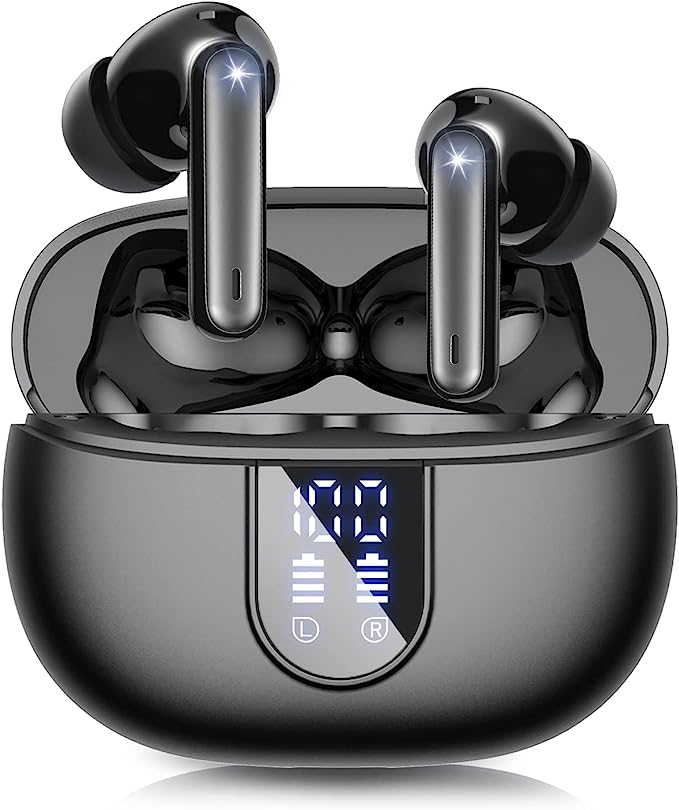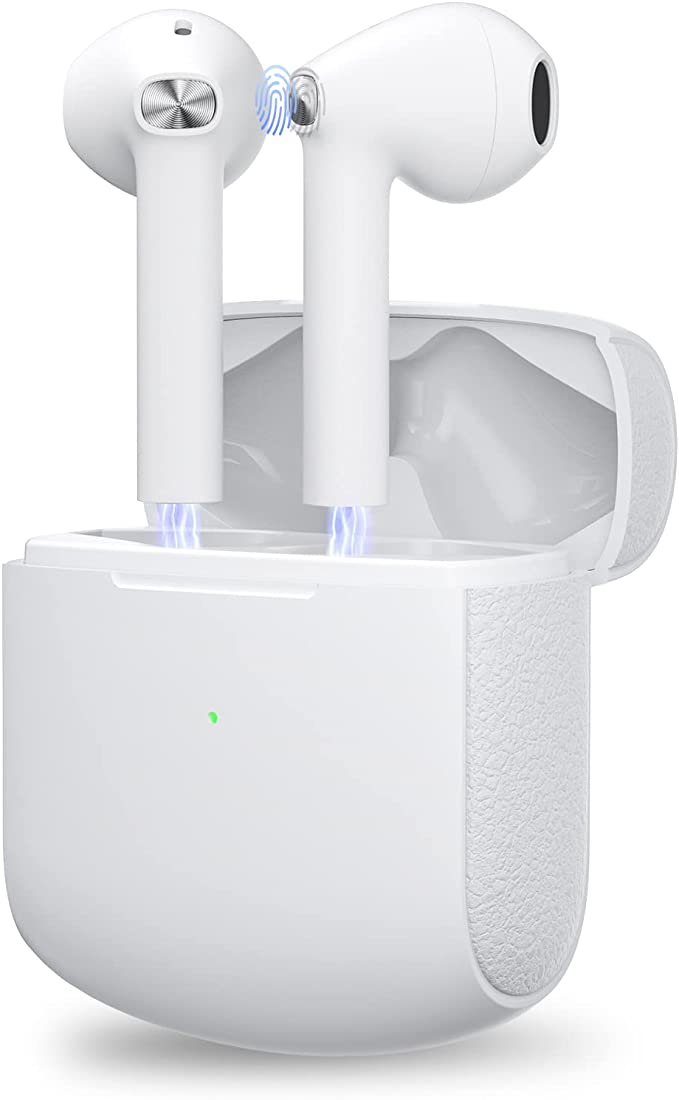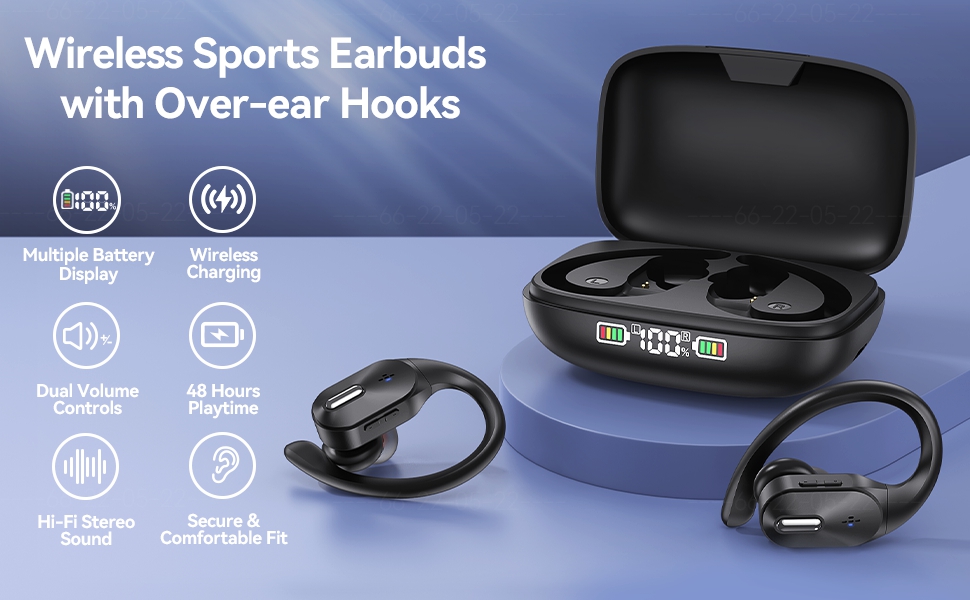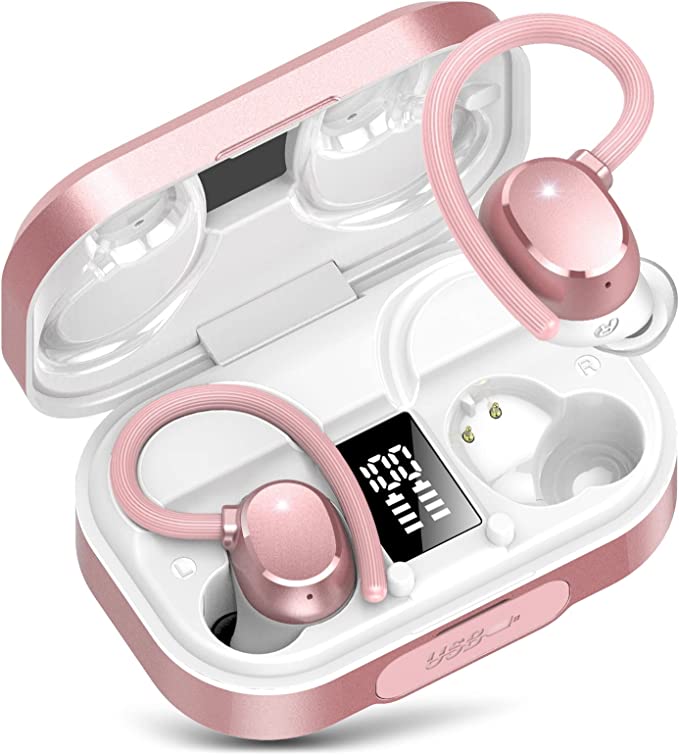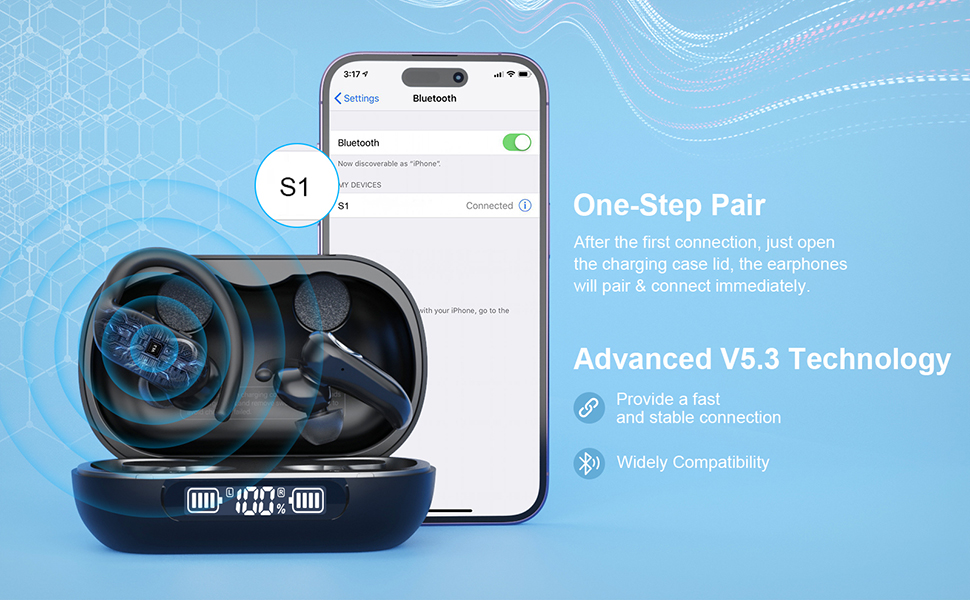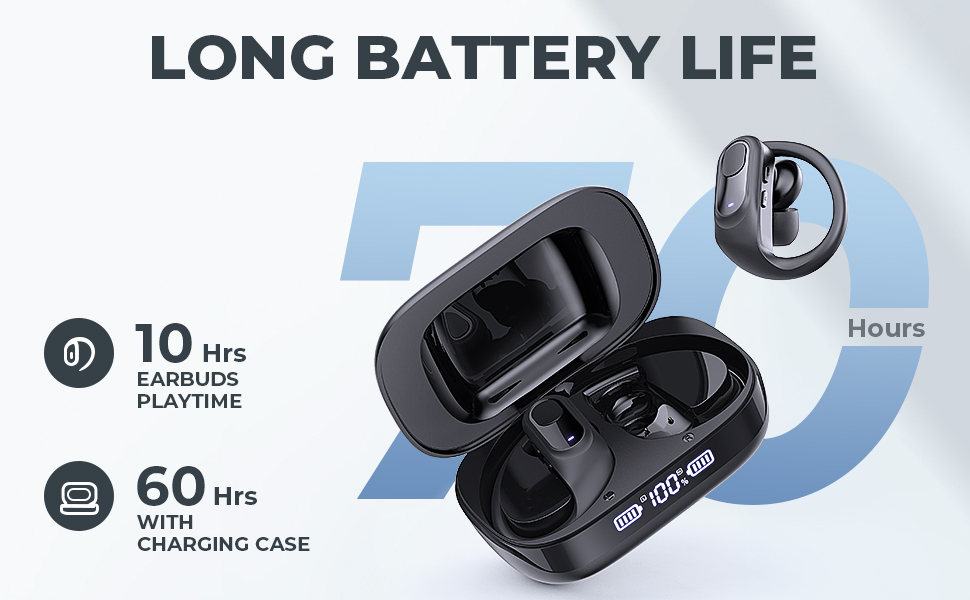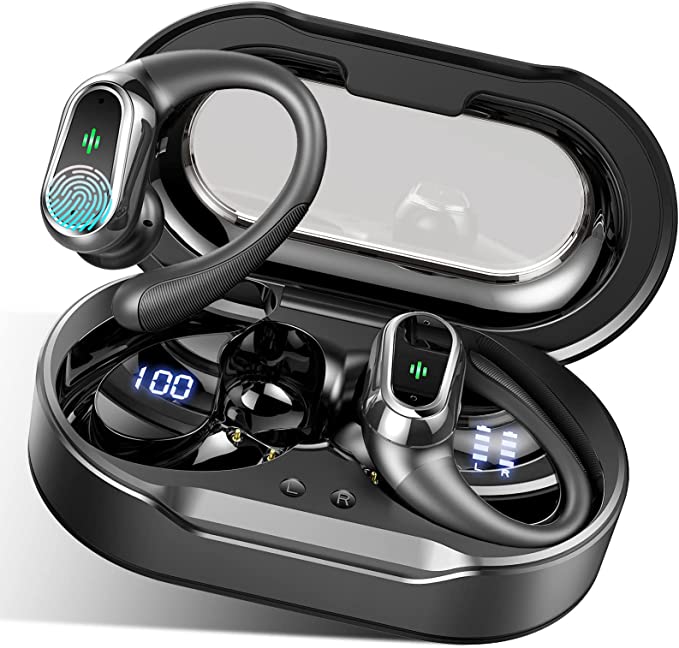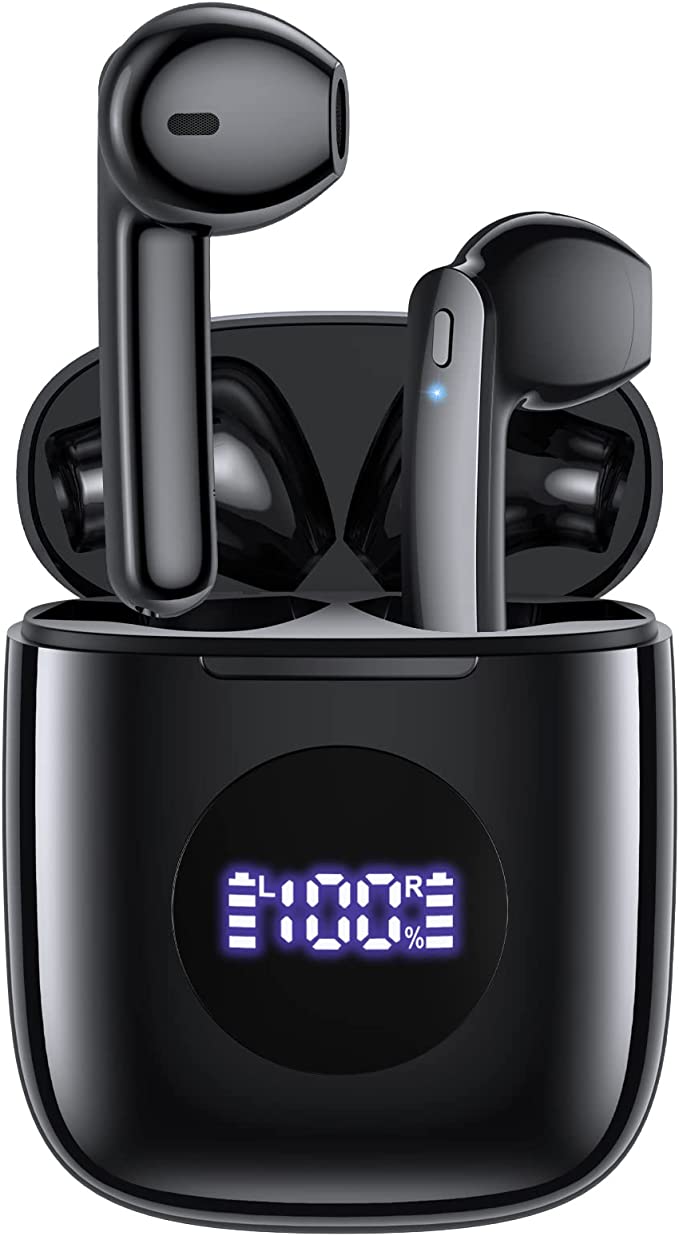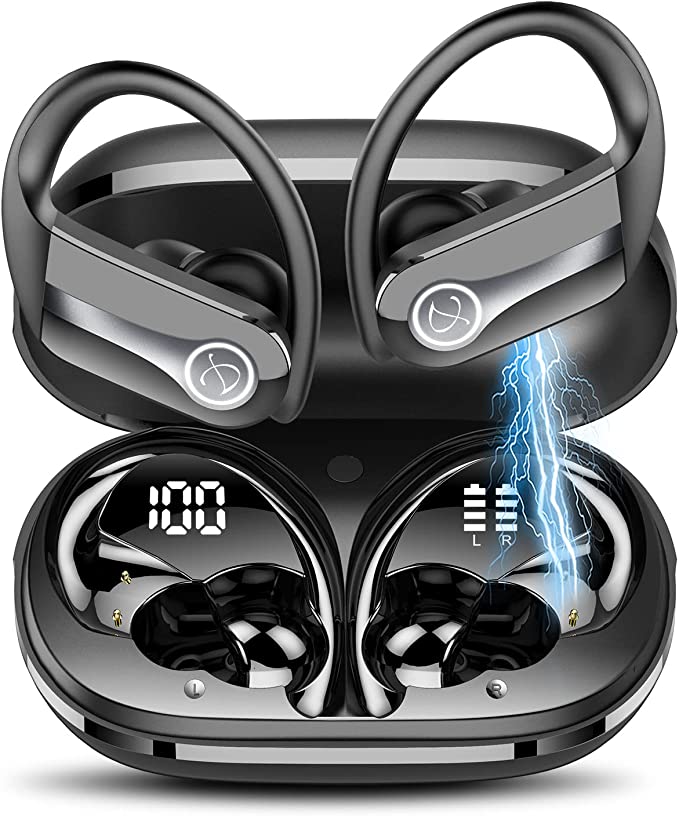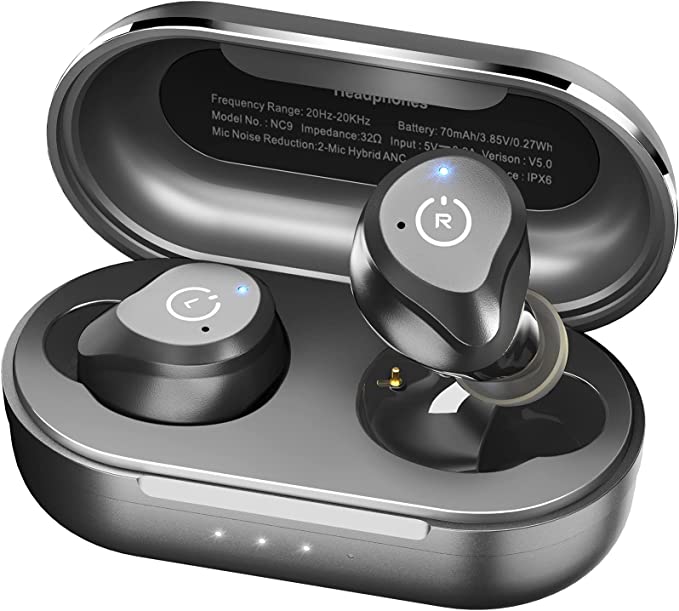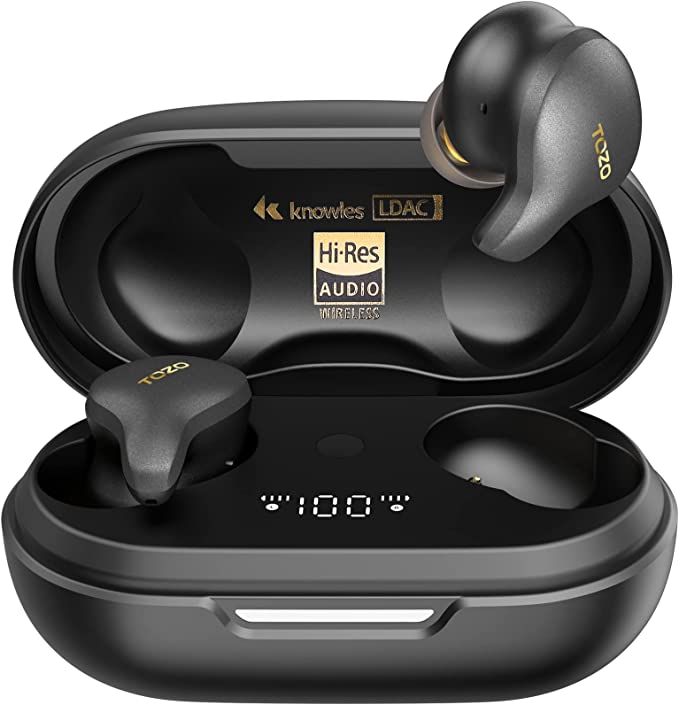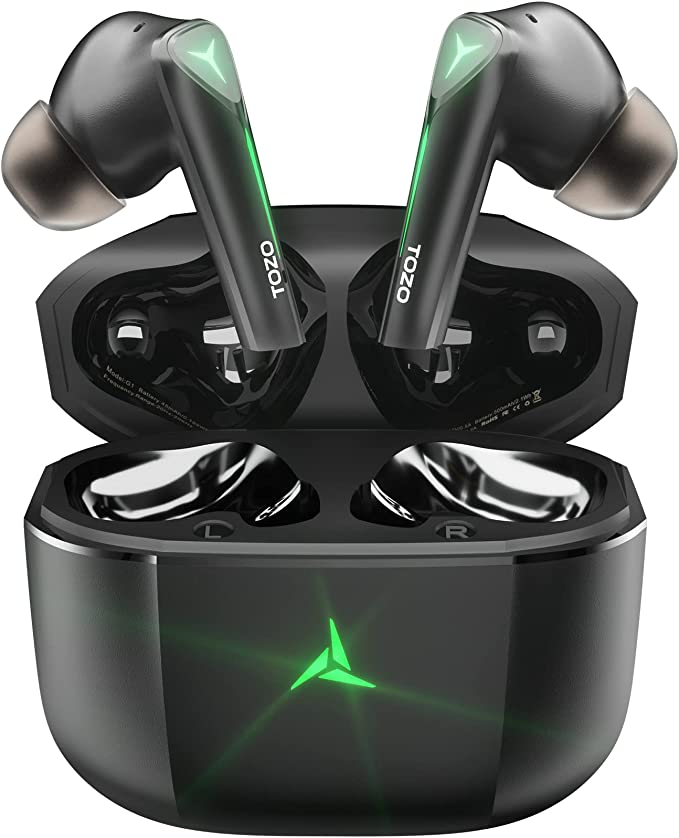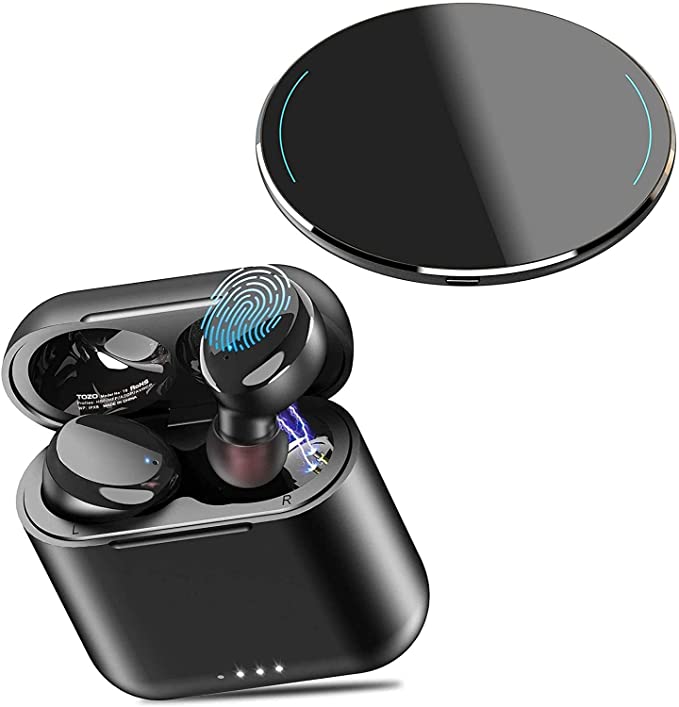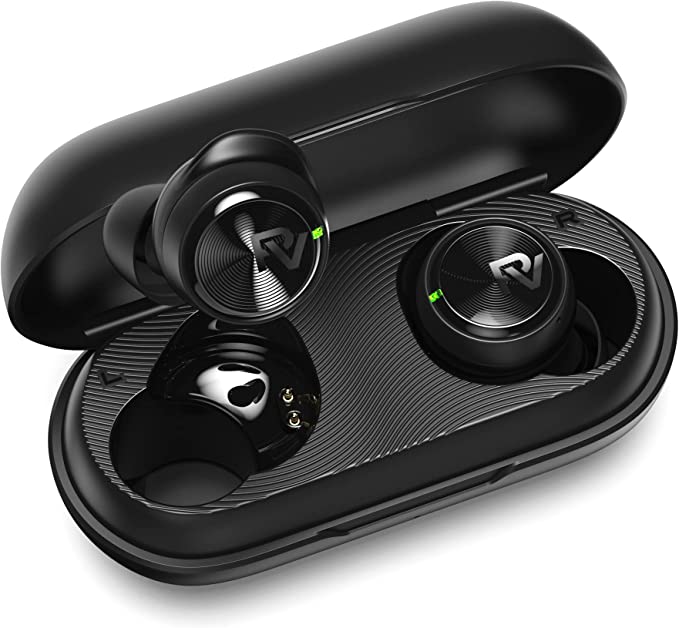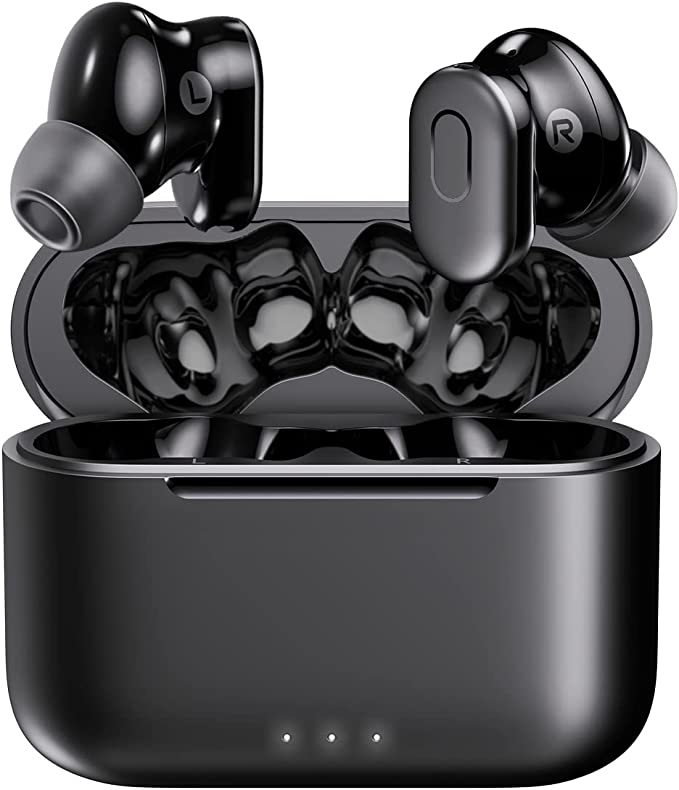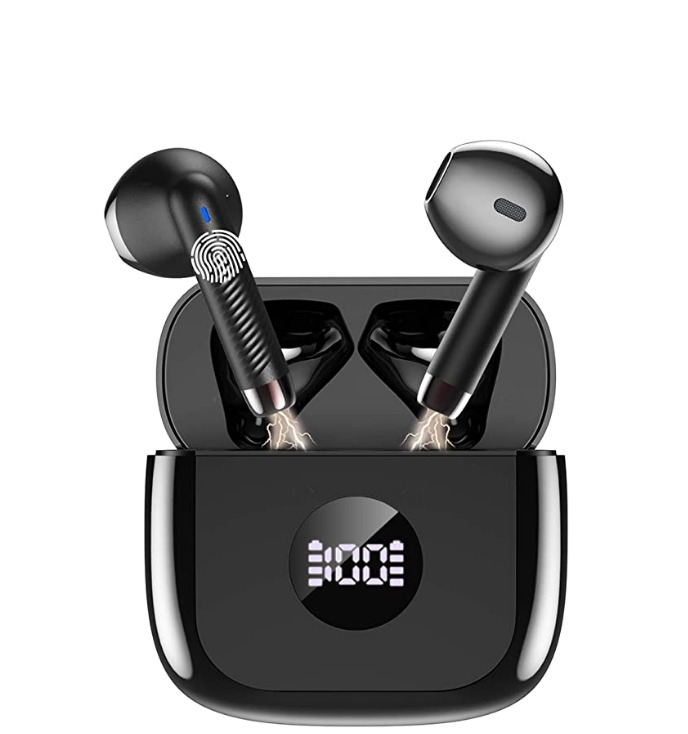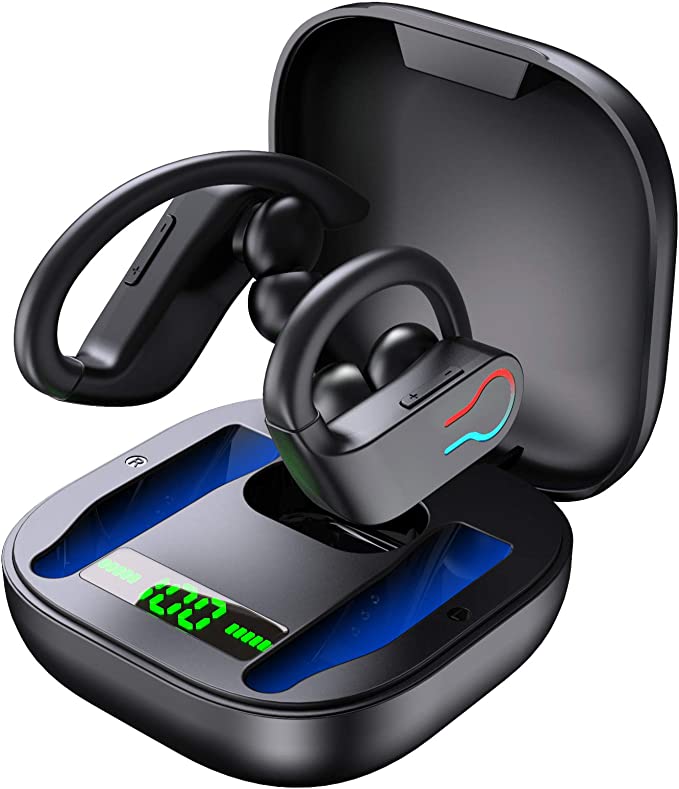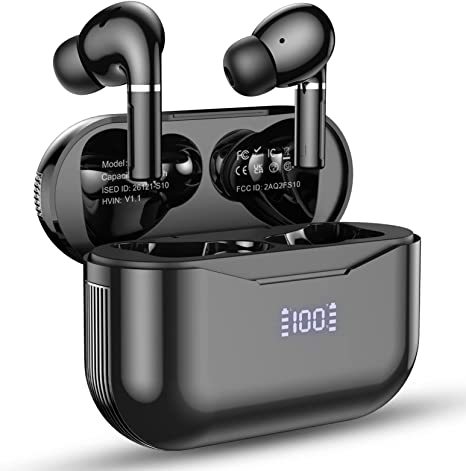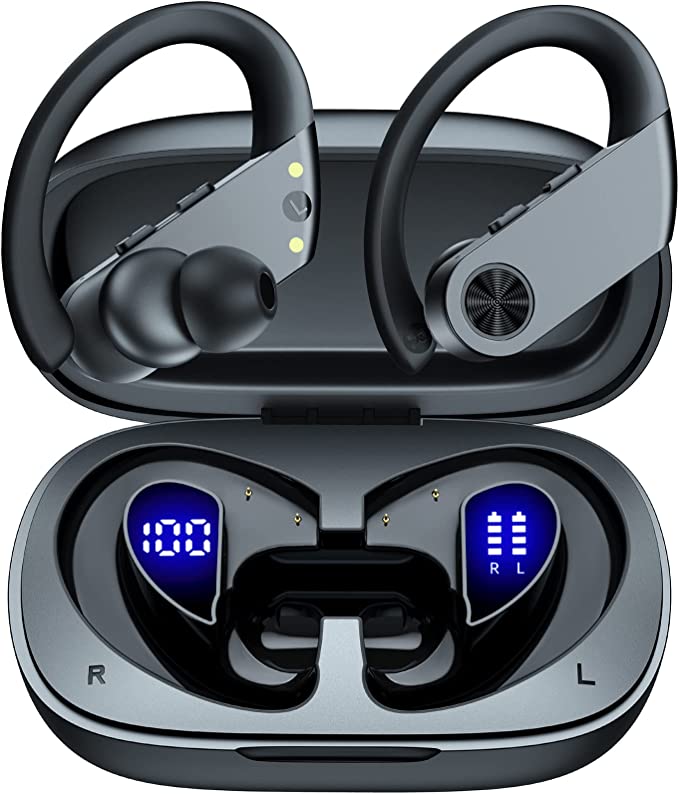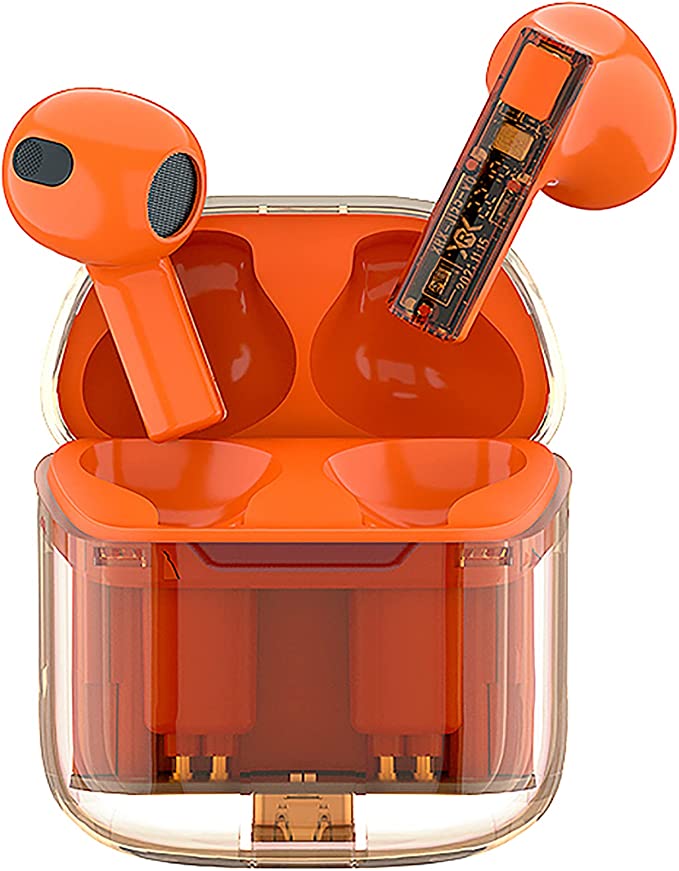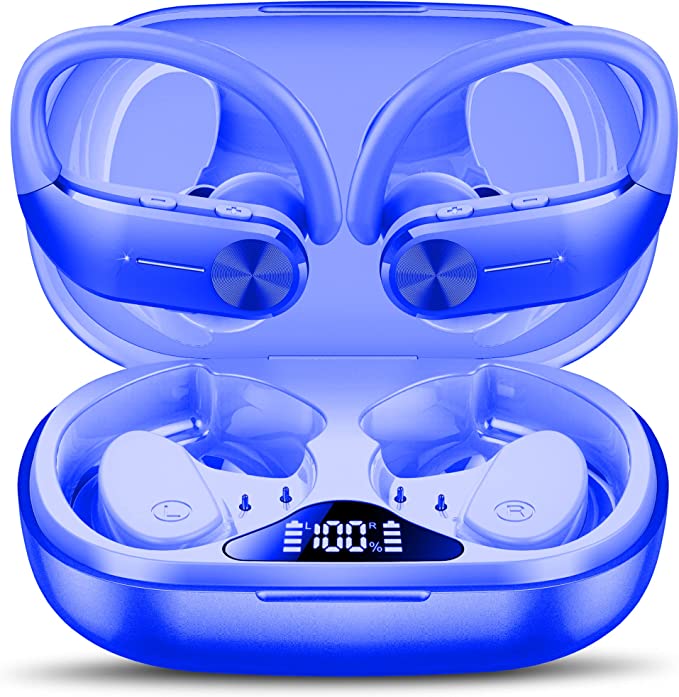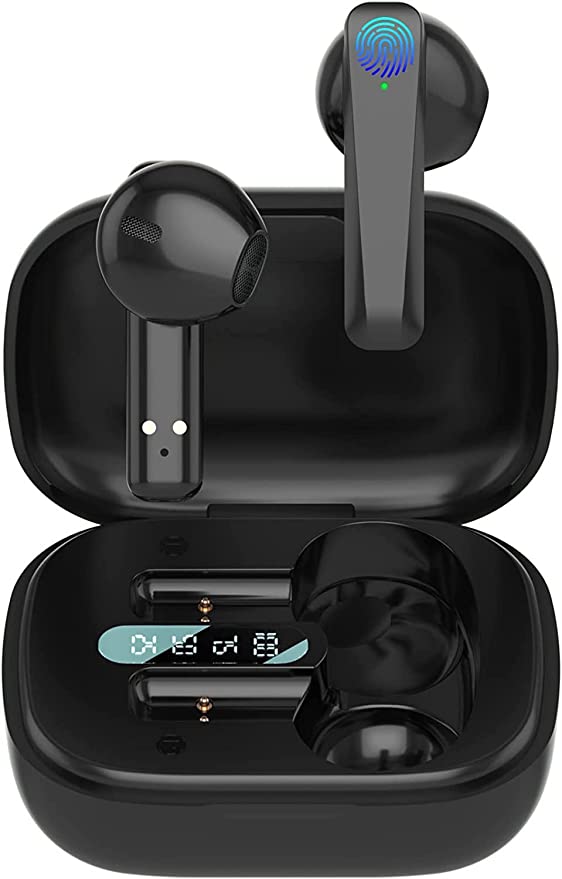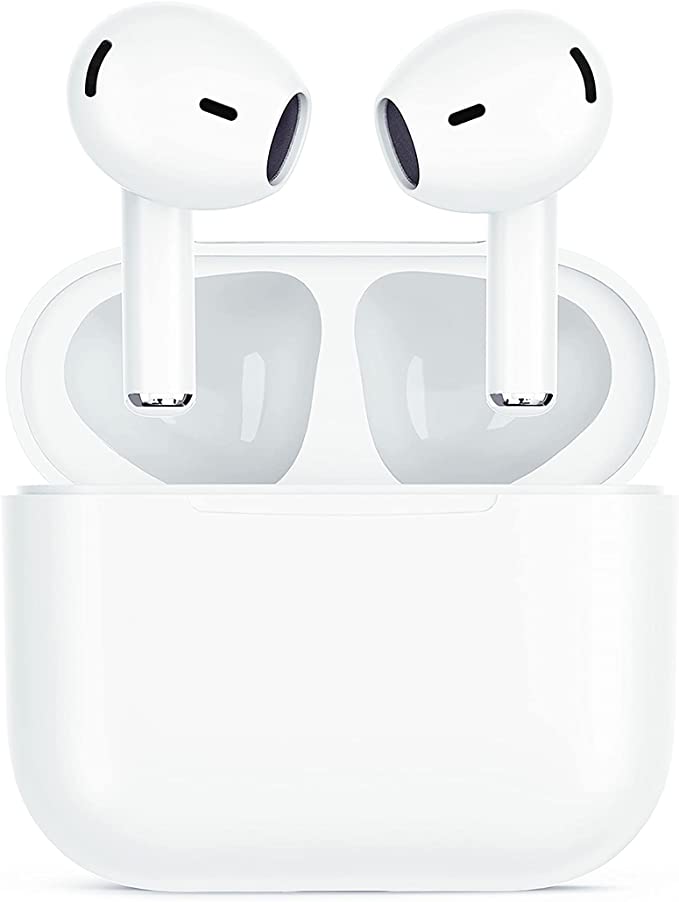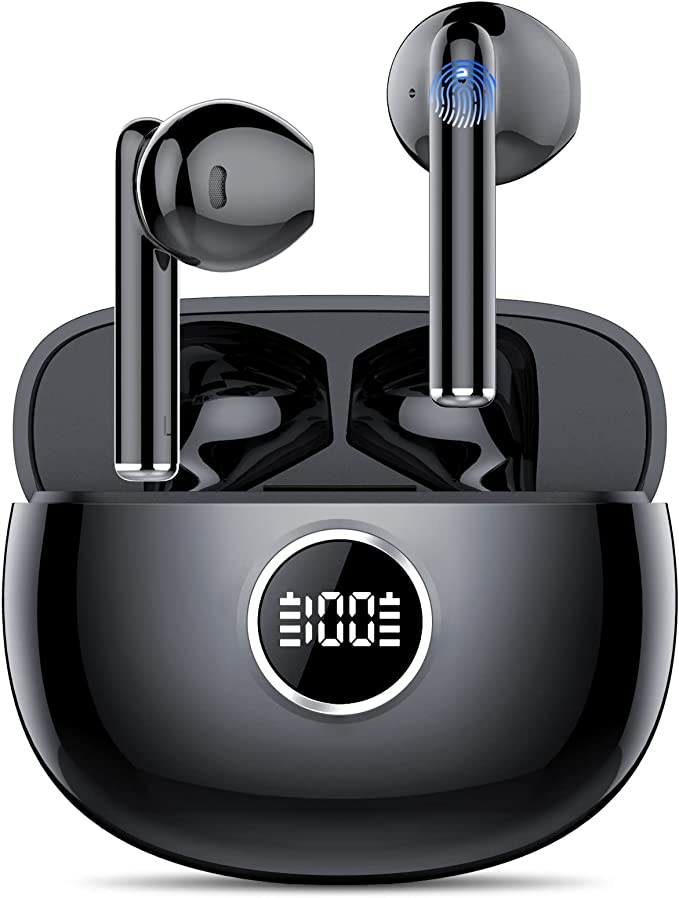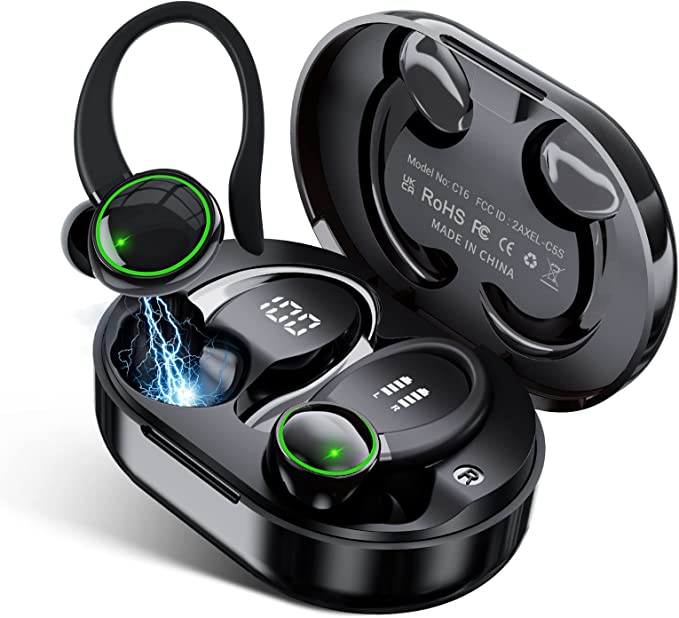DBSOARS Wireless Earbuds: Sound Science Meets Everyday Life
Update on Feb. 17, 2025, 6:46 a.m.
Imagine you’re on a crowded bus, trying to focus on your favorite podcast. The engine rumbles, conversations buzz around you, and the screech of brakes pierces the air. Frustrating, isn’t it? We live in a world saturated with sound, and sometimes, what we truly crave is a little bit of peace and quiet – or at least, the ability to control what we hear. That’s where the magic of headphones, and specifically, well-designed in-ear wireless earbuds, comes into play.

Sound Waves 101: A Crash Course in Acoustics
Before we dive into the technology behind the DBSOARS earbuds, let’s take a quick detour into the fascinating world of acoustics. Sound, at its core, is simply vibration. When an object vibrates, it creates pressure waves that travel through the air (or another medium, like water). These waves reach our ears, where they’re converted into electrical signals that our brain interprets as sound.
Think of it like dropping a pebble into a calm pond. The pebble creates ripples that spread outward. Similarly, a vibrating object creates sound waves that radiate in all directions. The frequency of these waves – how many waves pass a point in a second – determines the pitch of the sound. High-frequency waves sound high-pitched (like a whistle), while low-frequency waves sound low-pitched (like a bass drum). The amplitude of the waves – the height of the waves – determines the loudness of the sound.

The Quest for Clarity: How Headphones Reproduce Sound
Headphones, in essence, are miniature speakers that sit close to your ears. Inside each earbud, you’ll find a tiny component called a driver. This driver is like a tiny drum that vibrates to create sound waves. When an electrical signal (representing the audio you’re listening to) is sent to the driver, it causes a diaphragm within the driver to vibrate. These vibrations create sound waves that travel directly into your ear canal. The quality of the driver, along with other factors like the earbud’s design and the audio encoding used, determines the overall sound quality.
Introducing the DBSOARS: More Than Just Earbuds
The DBSOARS In Ear Wireless Earphones, while not boasting a specific model name in the provided materials, represent a solid entry in the crowded world of wireless audio. They’re designed to be more than just a way to listen to music; they’re intended to be a tool for controlling your auditory environment, providing both high-quality sound and a degree of isolation from the noise of the outside world. The emphasis is on practicality and performance, with features tailored for everyday use.
Bluetooth 5.3: Cutting the Cord, Keeping the Quality
One of the key features of the DBSOARS earbuds is their use of Bluetooth 5.3. This is the latest and greatest version of the Bluetooth wireless standard. Think of Bluetooth as an invisible cable connecting your earbuds to your phone or other device. Earlier versions of Bluetooth sometimes struggled with connection stability, dropouts, and limited bandwidth (which could affect sound quality).
Bluetooth 5.3 addresses these issues head-on. It offers a significantly more stable connection, meaning fewer frustrating interruptions. It also boasts a higher data transfer rate, allowing for the transmission of higher-quality audio. Perhaps most importantly for many users, Bluetooth 5.3 is designed to be more power-efficient, contributing to longer battery life for both your earbuds and your connected device. The improvements also make pairing simpler and faster.
ENC Explained: Your Personal Sound Sanctuary
The DBSOARS earbuds feature Environmental Noise Cancellation (ENC). It’s important to understand that ENC is not the same as Active Noise Cancellation (ANC). ANC uses microphones to actively “listen” to the ambient noise around you and then generate opposing sound waves to cancel it out. It’s a more complex and often more expensive technology.
ENC, on the other hand, relies on passive noise isolation. The snug, in-ear fit of the DBSOARS earbuds, combined with the included ear tips (available in large, medium, and small sizes to ensure a proper seal), physically blocks out a significant amount of external noise. The provided product information claims up to 90% environmental noise suppression, primarily focusing on improving the clarity of voice calls. This is more about creating a good seal to prevent sound from entering your ear canal, similar to putting your fingers in your ears, but much more sophisticated.

IPX5: Sweat, Rain, and the Freedom to Move
Life doesn’t always happen in a perfectly controlled environment. That’s why the DBSOARS earbuds are designed with an IPX5 waterproof rating. This means they’re protected against sweat and splashes of water. You can confidently wear them during intense workouts, runs in light rain, or even while doing the dishes, without worrying about damaging them.
It’s crucial to note that IPX5 does not mean they’re fully waterproof. You shouldn’t submerge them in water or wear them while swimming. But for everyday activities where they might encounter moisture, they’re well-protected. The “IP” in IPX5 stands for “Ingress Protection,” and the “5” indicates the level of protection against water.
The Power Within: Battery Life and Charging
The DBSOARS earbuds offer up to five hours of continuous playtime on a single charge. This is a respectable figure, allowing for extended listening sessions without needing to constantly recharge. The included charging case provides an additional four full charges for the earbuds, bringing the total potential listening time to around 25 hours. The case itself is charged via a Type-C USB port, which is becoming the standard for fast and convenient charging.
Fingertip Control: Mastering the Touch Interface
Gone are the days of fumbling with tiny buttons on your earbuds. The DBSOARS earbuds feature a touch-sensitive control surface. These controls are built into each earbuds that can activate different functions. Here’s a breakdown:
- Play/Pause: Quickly double-tap either earbud (L/R).
- Turn Off: Long tap (10 seconds) on either earbud.
- Turn On: Long tap(3 seconds) on either earbud.
- Previous Track: Quickly triple-tap the left earbud (L).
- Next Track: Quickly triple-tap the right earbud (R).
- Voice Assistant (Siri): Long tap (2 seconds) on either earbud to activate; long tap again to close.
This intuitive touch control system allows you to manage your music and calls without ever needing to reach for your phone. The sensitivity and responsiveness of the touch controls are crucial for a good user experience.

LED display Technology
One of the standout features of the DBSOARS charging case is its dual LED digital display. But how does this display work? LED stands for “Light Emitting Diode.” It’s a semiconductor device that emits light when an electric current passes through it. The color of the light depends on the semiconductor material used.
In the DBSOARS case, the LEDs are likely arranged in a simple matrix to form the numbers that display the battery percentage. A microcontroller inside the case monitors the battery level and sends signals to the appropriate LEDs to illuminate them, creating the numerical display. This provides a clear and precise indication of the remaining battery life, both for the case itself and for each individual earbud.

Beyond the Specs: The Listening Experience
While technical specifications are important, they don’t tell the whole story. Ultimately, the most crucial aspect of any pair of earbuds is the listening experience. User reviews for the DBSOARS earbuds generally praise the sound quality, particularly noting the strong bass response. Some reviewers mention that the sound is skewed slightly towards the bass frequencies, which might appeal to listeners who enjoy genres like hip-hop or electronic music. The high frequencies are described as “okay,” although some comparisons suggest that more expensive earbuds (like Apple’s AirPods) might offer slightly better high-end clarity.
The overall consensus is that the DBSOARS earbuds offer a good value for their price point. They provide a solid listening experience, particularly for everyday use, with the added benefits of Bluetooth 5.3, ENC, and IPX5 water resistance. They’re a practical and reliable choice for anyone seeking a comfortable and functional pair of wireless earbuds without breaking the bank. The combination of features, coupled with the competitive price, positions them as a strong contender in the budget-friendly wireless earbud market.
